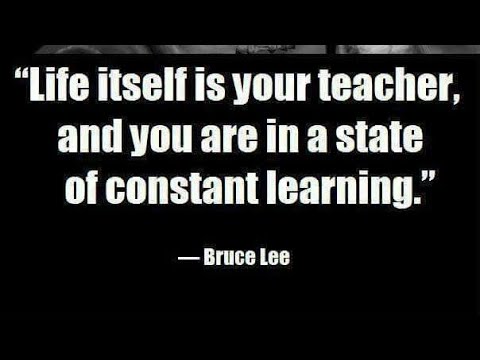NI Science Festival
Being You is not as simple as it sounds. Somehow, within each of our brains, billions of neurons work to create our conscious experience. How does this happen? Why do we experience life in the first person?
After over twenty years researching the brain, world-renowned neuroscientist Professor Anil Seth puts forward a radical new theory of consciousness and self. His unique theory of what it means to ‘be you’ challenges our understanding of perception and reality and it turns what you thought you knew about yourself on its head.
About
Anil Seth is a leading British researcher in the field of consciousness science. He is Professor of Cognitive and Computational Neuroscience and Co-Director of the Sackler Centre for Consciousness Science at the University of Sussex. He writes regularly for New Scientist, Guardian and the BBC, and has been interviewed on Radio 4’s The Life Scientific. His TED talk on consciousness has been viewed nearly 8 million times; he is currently a Wellcome Trust Engagement Fellow and he tweets at @anilkseth.
Source




I'm both amused and terrified
We are still in Plato’s Cave – but research is to be encouraged
Are you sure about that? we have actual Alien sighting footages now
So interesting. I wish I could ask Anil Seth questions, for example: icw the checkerboard, when you (I) look through your (my) eyelashes, you see that the two squares are the same colour. I always thought that we see the colour as different because of the effect of the white colour around the square, and vice versa with the other square. This effect is gone when you look through your eyelashes (the squares look the same). I paint, and this is what fine-painters do when observing reality to paint it. The fact that we see the square as darker does not have anything to do with the thought that it is in shadow, so it is not an anticipatory effect of the brain. Or do you mean that the brain (eye-mechanism) is hard-wired for this effect simply because of the darker colour around the white square and vice versa? I still do not see a direct connection with the "shadow"-thought, which I think is what you are putting your emphasis on. ??
Discuss at 26:00 is perfect for undergrad classes comparing traditional IP models to new ones.
It's becoming clear that with all the brain and consciousness theories out there, the proof will be in the pudding. By this I mean, can any particular theory be used to create a human adult level conscious machine. My bet is on the late Gerald Edelman's Extended Theory of Neuronal Group Selection. The lead group in robotics based on this theory is the Neurorobotics Lab at UC at Irvine. Dr. Edelman distinguished between primary consciousness, which came first in evolution, and that humans share with other conscious animals, and higher order consciousness, which came to only humans with the acquisition of language. A machine with primary consciousness will probably have to come first.
What I find special about the TNGS is the Darwin series of automata created at the Neurosciences Institute by Dr. Edelman and his colleagues in the 1990's and 2000's. These machines perform in the real world, not in a restricted simulated world, and display convincing physical behavior indicative of higher psychological functions necessary for consciousness, such as perceptual categorization, memory, and learning. They are based on realistic models of the parts of the biological brain that the theory claims subserve these functions. The extended TNGS allows for the emergence of consciousness based only on further evolutionary development of the brain areas responsible for these functions, in a parsimonious way. No other research I've encountered is anywhere near as convincing.
I post because on almost every video and article about the brain and consciousness that I encounter, the attitude seems to be that we still know next to nothing about how the brain and consciousness work; that there's lots of data but no unifying theory. I believe the extended TNGS is that theory. My motivation is to keep that theory in front of the public. And obviously, I consider it the route to a truly conscious machine, primary and higher-order.
My advice to people who want to create a conscious machine is to seriously ground themselves in the extended TNGS and the Darwin automata first, and proceed from there, by applying to Jeff Krichmar's lab at UC Irvine, possibly. Dr. Edelman's roadmap to a conscious machine is at https://arxiv.org/abs/2105.10461